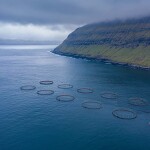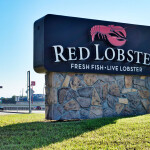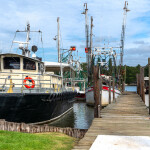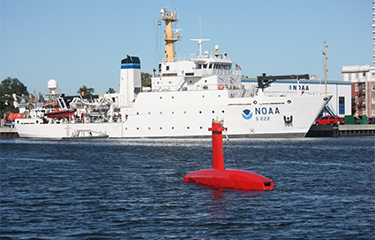NOAA Fisheries is concerned that the growing number of offshore wind projects could impact its ability to survey fish stocks, but it may have a solution – uncrewed surface vessels (USVs).
The agency plans to conduct a 20-day trial survey at the Block Island Wind Farm off the coast of the U.S. state of Rhode Island, and another offshore wind area under development, to test how hydrographic and acoustic data gathered via USV can be incorporated into fisheries management and ecosystem monitoring, according to a 16 June sources sought notice.
“The development of offshore wind areas (OWAs) in the Mid-Atlantic and Gulf of Maine regions of the U.S. continental shelf may significantly impact the ability of the [Northeast Fisheries Science Center] to collect data in these areas that are used for fisheries assessments and ecosystem monitoring,” the agency said. “Mitigating this impact will require the use of novel sampling and monitoring methods in the OWAs.”
Companies interested in participating in the survey must respond by 30 June.
NOAA Fisheries currently depends on conducting trawls of random areas to generate much of the data used to establish fishing quotas, but the increasing presence of offshore wind leases is making it more difficult to do so. For example, the ship commonly used in conducting NFSC trawling missions – the Henry B. Bigelow – won’t be able to operate in areas where turbine spacing is a nautical mile or less.
According to NOAA Fisheries, there are 27 offshore wind projects in development in the Northeast covering more than 2.3 million acres. Those initiatives will impact 13 NOAA Fisheries surveys that support the management of more than 40 fisheries.
As part of its Northeast Federal Survey Mitigation Program, NOAA Fisheries plans to compensate for these impacts by developing new survey approaches that can generate comparable data to be integrated with existing surveys.
USVs are one method. USVs won’t be able to directly replace trawling – their acoustic measurements can’t collect important species, size, weight, length, and sex data – but the agency has found the acoustic measurements to be effective and cost-efficient when paired with trawling.
This isn’t the first time NOAA Fisheries has experimented with USVs. The agency has been conducting tests using iXblue’s DriX USV alongside traditional trawling vessels and plans to use it for a walleye pollock survey in Alaska this August.
“Our work this year builds on previous NOAA Fisheries USV experience,” Alaska Fisheries Science Center biologist Alex De Robertis said. “When ship surveys were canceled during the COVID pandemic in 2020, we deployed wind-powered USVs to collect data for pollock abundance estimates while keeping human crews safe.”
In December 2022, the administration of U.S. President Joe Biden unveiled its Federal Survey Mitigation Strategy, a blueprint for how it will reduce the impact of offshore wind development on its annual population counts. Although the plan is tailored to the New England and the Mid-Atlantic regions, officials expect to use it as a template for other regions as well.
One of the biggest values of NOAA’s surveys is their consistency over time – conducting the surveys the same way year after year reduces uncertainty in the data while increasing accuracy and precision.
“Sustaining these surveys with consistent sampling designs and methods is an essential feature of their value, allowing NOAA Fisheries to examine the status and trends of the managed species consistently through time,” that agency said in the strategy.
NOAA noted that changing the way it collects data would increase uncertainty, and could result in more restrictive management.
Photo courtesy of NOAA Fisheries







